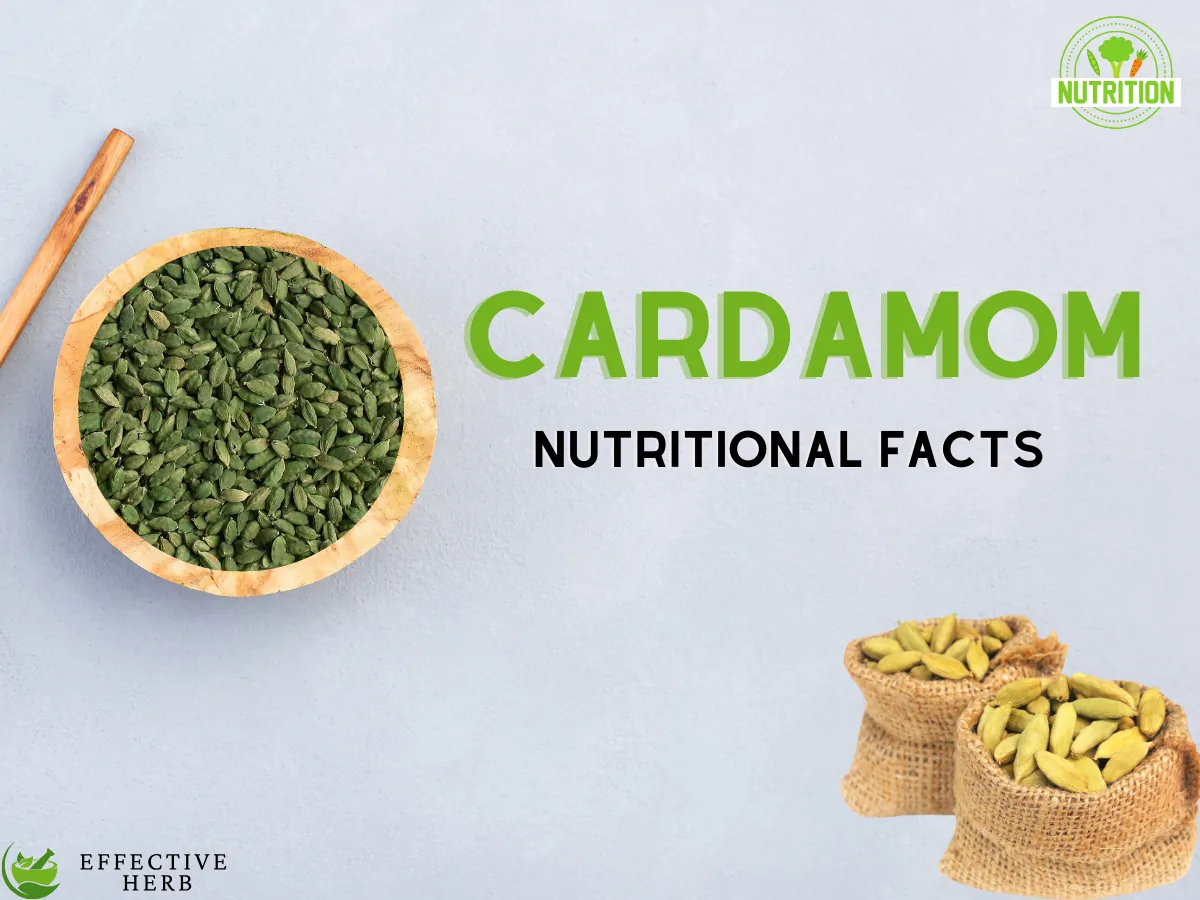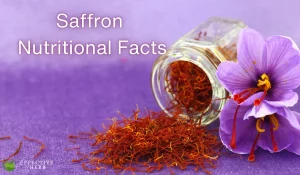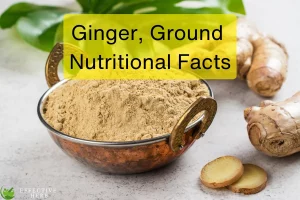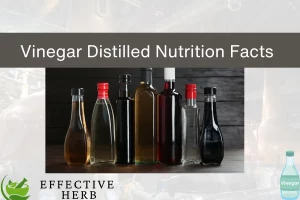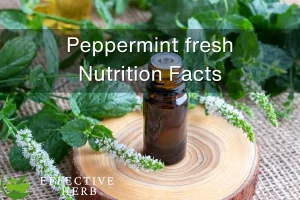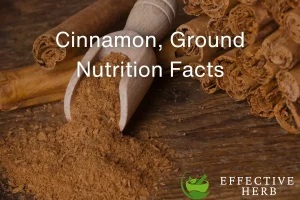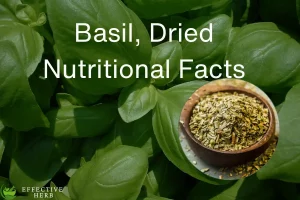Cardamom Nutrition Facts
Explore the nutrition facts of cardamom in this blog post. Cardamom is a spice known for its warm, aromatic flavor and culinary uses. Beyond its culinary applications, cardamom offers several health benefits and is a source of various nutrients.
Full Nutrient Table
The below nutrition table is based on a 100-gram portion of cardamom. This spice is low in calories but contains essential nutrients like potassium, calcium, and magnesium. Cardamom also contains antioxidants and has potential anti-inflammatory properties. Adding cardamom to your dishes not only enhances the flavor but also provides nutritional value.
| Name | amount | Unit |
|---|---|---|
| Proximates | ||
| Water | 8.28 | g |
| Energy | 311 | kcal |
| Energy | 1300 | kJ |
| Protein | 10.8 | g |
| Total lipid (fat) | 6.7 | g |
| Ash | 5.78 | g |
| Carbohydrates | ||
| Carbohydrate, by difference | 68.5 | g |
| Fiber, total dietary | 28 | g |
| Minerals | ||
| Calcium, Ca | 383 | mg |
| Iron, Fe | 14 | mg |
| Magnesium, Mg | 229 | mg |
| Phosphorus, P | 178 | mg |
| Potassium, K | 1120 | mg |
| Sodium, Na | 18 | mg |
| Zinc, Zn | 7.47 | mg |
| Copper, Cu | 0.383 | mg |
| Manganese, Mn | 28 | mg |
| Vitamins and Other Components | ||
| Vitamin C, total ascorbic acid | 21 | mg |
| Thiamin | 0.198 | mg |
| Riboflavin | 0.182 | mg |
| Niacin | 1.1 | mg |
| Vitamin B-6 | 0.23 | mg |
| Vitamin B-12 | 0 | µg |
| Vitamin A, RAE | 0 | µg |
| Retinol | 0 | µg |
| Vitamin A, IU | 0 | IU |
| Vitamin D (D2 + D3), International Units | 0 | IU |
| Vitamin D (D2 + D3) | 0 | µg |
| Lipids | ||
| Fatty acids, total saturated | 0.68 | g |
| SFA 10:0 | 0 | g |
| SFA 12:0 | 0 | g |
| SFA 14:0 | 0.03 | g |
| SFA 16:0 | 0.57 | g |
| SFA 18:0 | 0.06 | g |
| Fatty acids, total monounsaturated | 0.87 | g |
| MUFA 16:1 | 0.02 | g |
| MUFA 18:1 | 0.85 | g |
| Fatty acids, total polyunsaturated | 0.43 | g |
| PUFA 18:2 | 0.31 | g |
| PUFA 18:3 | 0.12 | g |
| Fatty acids, total trans | 0 | g |
| Cholesterol | 0 | mg |
| Phytosterols | 46 | mg |
| Amino acids | ||
| Name | amount | Unit |
Nutritional Charts for cardamom
Nutrient Composition Pie Chart
This chart shows the proportion of different macronutrients (protein, fat, carbohydrate) and micronutrients (vitamins and minerals) in the food.
Macronutrient Distribution Bar Chart
This chart displays the distribution of macronutrients (protein, fat, carbohydrate) in the food.
Mineral and Vitamin Bar Chart
This chart illustrates the distribution of essential minerals and vitamins in the food.
Conclusion
In conclusion, cardamom is not only a versatile spice that enhances the flavor profile of dishes but also offers significant nutritional benefits. With its high fiber content, essential vitamins and minerals, it is a valuable addition to any diet. For more detailed nutritional information, refer to the Source.

